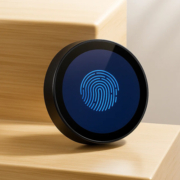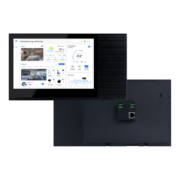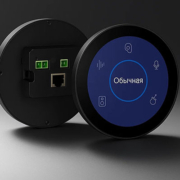What Is the Difference Between Home Automation and Smart Home?
In today’s tech-driven world, terms like “smart home” and “home automation” are often used interchangeably. However, they are not exactly the same. Understanding the difference between the two can help homeowners, system integrators, and developers make better decisions when planning or upgrading modern living environments.
Let’s explore what each term really means, how they overlap, and why the distinction matters—especially when considering customized smart control systems from advanced solution providers like Portworld.
What Is Home Automation?
Home automation refers to the process of using technology to automate household systems and devices. The key element here is automation—that is, predefined or programmed behaviors that happen without user input.
Common Examples:
- Lights turning on automatically when you enter a room
- Curtains opening at sunrise and closing at sunset
- Thermostats adjusting temperature based on time of day
- Security systems arming themselves at night
Key Characteristics:
- Rule-based behavior (e.g., time schedules, motion triggers)
- Often operated through centralized controllers or panels
- Typically implemented using protocols like RS485, KNX, Zigbee, etc.
What Is a Smart Home?
A smart home refers to a home equipped with connected devices that can be controlled remotely or intelligently, often via smartphone apps, voice assistants, or cloud services.
Common Features:
- Voice control via Alexa, Google Assistant, Siri
- App-based control of lights, appliances, and entertainment systems
- Real-time notifications from cameras or sensors
- Integration with cloud services and AI for predictive behavior
Key Characteristics:
- Remote access and interconnectivity
- Internet-dependent (IoT-driven)
- User-controlled via mobile or smart interfaces
The Main Difference
| Feature | Home Automation | Smart Home |
|---|---|---|
| Focus | Automating routine tasks | Enhancing control and connectivity |
| User Interaction | Minimal (predefined rules) | High (apps, voice commands, personalization) |
| Connectivity | Local network or protocols | Internet/cloud-connected |
| Example | Motion sensor turns on hallway light | User turns off lights remotely via phone |
| Control Interface | Touch panel or automation hub | Mobile app, smart speakers, control panel |
Where They Overlap
In many modern systems, smart homes include home automation as a core feature. For example, a smart panel from Portworld can allow both manual control via touchscreen and automated routines programmed for lighting, HVAC, or security systems. This hybrid approach is increasingly common in residential and commercial projects.
Portworld: Bridging Smart Home and Home Automation
Whether you’re building a fully automated luxury villa or developing an affordable smart apartment system, Portworld offers flexible solutions that cover both Smart home automation and smart home needs.
Why Choose Portworld?
- Android-based touch control panels (5.5″, 8″, 10″ sizes)
- Supports protocols like KNX, RS485, Zigbee, Modbus, MQTT
- Integrated automation + app control + cloud support
- OEM/ODM/CKD/SKD services for global smart home brands
- Seamless control of lighting, curtains, HVAC, access, and security
From automation logic to smart user interfaces, Portworld helps you build intelligent spaces that are convenient, energy-efficient, and highly customizable.










